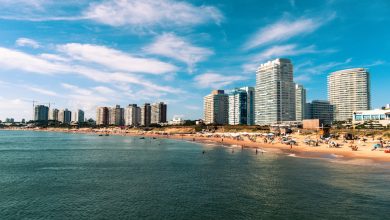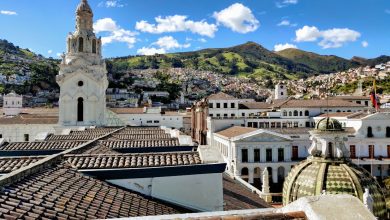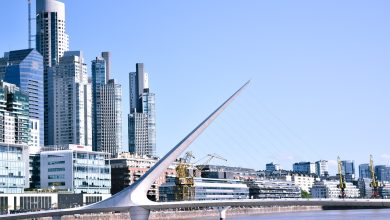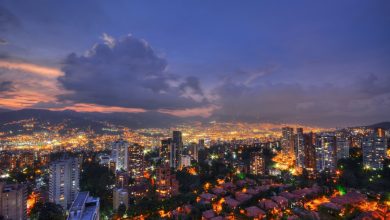Uncover the Mysteries of Easter Island: A Traveler’s Guide
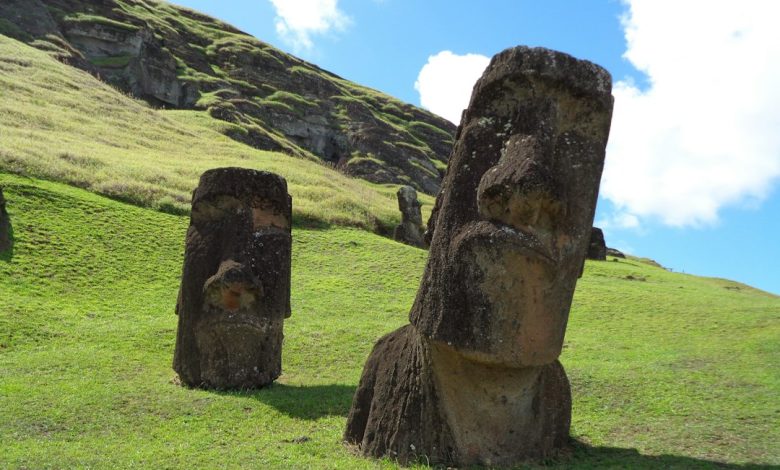
Unravel the secrets of Easter Island with our comprehensive travel guide. From the towering Moai statues to the enigmatic history of the Rapa Nui civilization, this captivating destination offers a blend of ancient culture, stunning landscapes, and a rich tapestry of traditions. Our guide provides an in-depth exploration of the island’s iconic attractions, the collapse of the Rapa Nui society, and the conservation of its unique biodiversity. Get ready to immerse yourself in the allure of Easter Island as we delve into its mysteries and unveil its hidden treasures. Welcome to your ultimate Easter Island travel guide!
Discovering the Giant Moai Statues
Easter Island, also known as Rapa Nui, is famed for its colossal Moai statues that have captivated travelers and historians for centuries. Here’s what you need to know when uncovering the mystery of the giant Moai statues as part of your Easter Island travel guide:
- Iconic Moai Statues: The island is home to nearly 900 Moai statues, carved by the Rapa Nui people between 1100 and 1680 AD. These monolithic figures, averaging 13 feet in height and 14 tons in weight, stand as a testament to the island’s rich cultural heritage.
- Archaeological Marvel: Visiting the archaeological sites of Rano Raraku and Ahu Tongariki allows you to witness these imposing statues in all their grandeur. Take a stroll along the mysterious Moai platforms and gain insight into the intricate craftsmanship and spiritual significance of these enigmatic sculptures.
- Cultural Significance: Delve into the history and legends surrounding the Moai statues. Learn about the ancestral significance they hold for the Rapa Nui people and the rituals associated with their construction and placement across the island.
Embarking on an Easter Island travel guide offers an unparalleled opportunity to witness these magnificent feats of ancient artistry. Whether you’re drawn by the archeological intrigue or the sheer wonder of these monolithic structures, exploring the Moai statues is an unmissable highlight of any visit to this remote paradise.
Remember, your journey to Easter Island promises an unforgettable encounter with the enigmatic Moai statues, leaving you with a deeper understanding of this extraordinary UNESCO World Heritage site.
Remember, your journey to Easter Island promises an unforgettable encounter with the enigmatic Moai statues, leaving you with a deeper understanding of this extraordinary UNESCO World Heritage site.
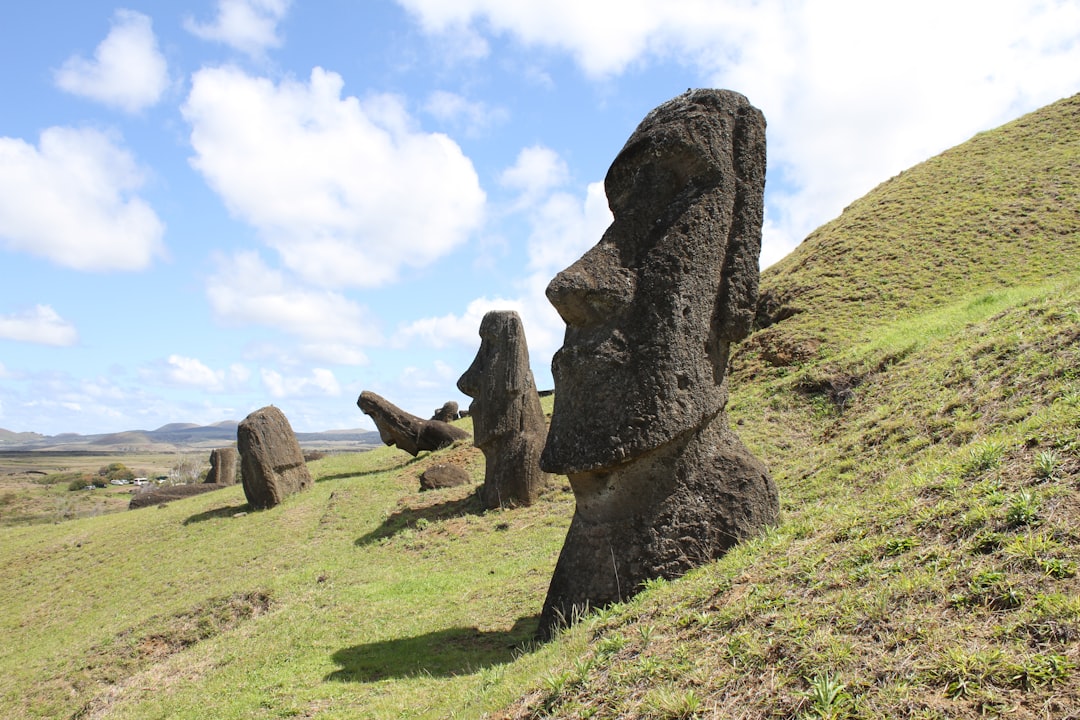
The Mysterious History of Easter Island
Easter Island, also known as Rapa Nui, is steeped in an enigmatic and intriguing history that continues to captivate travelers from around the world. Unraveling the mysteries of this remote island offers a fascinating glimpse into a civilization that thrived and ultimately faced significant challenges.
Legends and Myths
- The history of Easter Island is shrouded in legends and myths, with the islanders’ rich oral tradition passing down captivating stories of their ancestors and the colossal Moai statues.
- According to local folklore, the Moai were believed to embody the spirits of powerful ancestors, adding to the mystique that surrounds these iconic stone figures.
Arrival of the Polynesians
- The island was settled by Polynesian voyagers around the 13th century, their arrival marking the beginning of a vibrant and innovative society.
- The ingenious Polynesian settlers developed a unique culture, complex social hierarchy, and an exceptional stone carving tradition, as evidenced by the awe-inspiring Moai statues.
European Contact
- The 18th century saw the arrival of European explorers and colonizers, bringing significant changes to the island’s indigenous culture and societal structure.
- This period of contact brought both trade opportunities and devastating consequences, including the introduction of diseases and enslavement, which profoundly impacted the Rapa Nui civilization.
Decline and Mysteries
- The decline of the Rapa Nui civilization has puzzled historians and archaeologists for centuries, with theories ranging from environmental degradation to societal conflict.
- The island’s history is a captivating blend of triumphs, mysteries, and challenges, making it an unparalleled destination for history enthusiasts and adventure seekers alike.
Exploring the mysterious history of Easter Island unveils a narrative that continues to intrigue and inspire, inviting travelers to delve into a world filled with enigma and wonder.
Remember, while planning your Easter Island adventure, considering the impactful history of the island will enrich your journey of discovery.
This ephemeral journey through the intriguing history of Easter Island is an essential component of any well-rounded Easter Island travel guide.
Exploring the Ancient Rapa Nui Culture
When visiting Easter Island, take the time to immerse yourself in the fascinating Rapa Nui culture, which is an integral part of this mysterious destination. Here’s what you can expect:
- Rapa Nui Culture: The Rapa Nui culture is deeply rooted in the island’s history and is characterized by its unique language, music, dance, and art. Interact with the friendly locals to gain insights into their traditions and way of life.
- Ancient Petroglyphs and Rock Art: Explore the island to discover the impressive petroglyphs and rock art scattered across the landscape. These intricate carvings and paintings provide a glimpse into the beliefs and customs of the ancient Rapa Nui people.
- Orongo Ceremonial Village: Pay a visit to the Orongo Ceremonial Village, a significant archaeological site where the annual Birdman competition took place. Learn about the religious and ceremonial practices that were central to the Rapa Nui culture.
- Tribal Dance Performances: Witness captivating tribal dance performances that showcase the vibrant Rapa Nui culture. The rhythmic beats and colorful costumes reflect the rich history and traditions of the island.
- Rongo Rongo Script: Delve into the enigmatic Rongo Rongo script, the only writing system indigenous to the island. Its intricate symbols continue to intrigue scholars and visitors alike, offering a window into the island’s past.
By embracing the ancient Rapa Nui culture, travelers can gain a deeper understanding of Easter Island’s captivating heritage and the enduring legacy of its people.
Unveiling the Unique Landscape of Easter Island
When visiting Easter Island, travelers are treated to a landscape unlike any other. The island’s terrain is a captivating blend of lush greenery, volcanic craters, and stunning coastline. Here’s what makes the landscape of Easter Island truly special:
- Volcanic Craters: The island is characterized by numerous volcanic craters, some of which offer breathtaking panoramic views of the surrounding area. Travelers have the opportunity to hike to the summit of these craters and witness the awe-inspiring natural beauty from above.
- Coastline Beauty: Easter Island boasts a rugged coastline that is dotted with picturesque cliffs, hidden coves, and dramatic ocean views. Visitors can explore the coastal regions, take peaceful walks along the shores, or simply admire the powerful force of the Pacific Ocean.
- Lush Greenery: Contrary to popular belief, Easter Island is not just a barren land. The island is home to lush vegetation, including palm trees, rolling hills, and vibrant flora. The picturesque landscapes offer plenty of opportunities for nature walks and serene moments of relaxation.
- Astonishing Sunsets: There’s something magical about the sunsets on Easter Island. The blend of vibrant hues painting the sky against the backdrop of the Pacific Ocean is a sight to behold. Visitors can find the perfect spot to witness these mesmerizing sunsets and capture the moment in their memories forever.
Easter Island’s unique landscape showcases the wonders of nature and adds an extra layer of allure to this intriguing destination. Whether it’s the charm of the volcanic craters, the tranquility of the coastline, or the captivating sunsets, the island’s natural beauty is sure to leave a lasting impression on anyone who visits.
By experiencing the distinctive landscape of Easter Island, travelers gain a deeper appreciation for the island’s alluring mystique, making it an essential aspect of any Easter Island travel guide.
Understanding the Collapse of Rapa Nui Civilization
The collapse of the Rapa Nui civilization has long been a subject of intrigue and debate among historians and archaeologists. Understanding the factors that led to this collapse provides valuable insight into the island’s history and the consequences of unsustainable resource management.
What Led to the Collapse?
- Resource Depletion: The overexploitation of natural resources, such as deforestation for the transportation of the colossal moai statues, led to environmental degradation and scarcity.
- Social Disintegration: The societal structure underwent strain as resource scarcity heightened competition and conflicts among different factions.
- Economic Impacts: The decline in resources impacted the economy, leading to a decline in the society’s ability to support its population.
Modern-Day Lessons
- Sustainability Initiatives: The collapse serves as a poignant lesson, inspiring sustainable practices to protect the environment and prevent overexploitation.
- Preservation Efforts: Conservation projects aim to restore the island’s ecosystem while promoting responsible tourism and resource management.
Comparison Table: Rapa Nui Civilization’s Collapse
| Factors | Contributing to Collapse | Modern-Day Initiatives |
|---|---|---|
| Resource Depletion | Overexploitation, deforestation | Sustainable resource management, conservation efforts |
| Social Disintegration | Competition, conflicts | Community-based initiatives, cultural preservation |
| Economic Impacts | Decline in resources | Sustainable development, eco-tourism initiatives |
By understanding the collapse of the Rapa Nui civilization, visitors to Easter Island gain a deeper appreciation for the island’s cultural and environmental heritage.
Remember to explore the island responsibly and contribute to its preservation during your Easter Island travel.

Experiencing the Local Traditions and Festivals
When visiting Easter Island, immersing oneself in the vibrant local traditions and festivals is a must-do to gain a deeper understanding of the Rapa Nui culture. Here are some insightful experiences to embrace during your visit:
- Tapati Rapa Nui Festival: Witness the island come alive during the Tapati Rapa Nui Festival, a two-week-long celebration of dance, music, sports, and traditional competitions. This festival is a window into the island’s cultural richness and provides an opportunity to engage with the friendly locals.
- Engage in Artisanal Workshops: Participate in workshops where skilled artisans teach the art of wood carving, basket weaving, and traditional Rapa Nui body painting. It’s a chance to create your own crafts and understand the significance of these crafts in the island’s heritage.
- Attend Cultural Performances: Enjoy performances showcasing traditional Rapa Nui songs and dances. These captivating displays offer insight into the island’s legends and folklore, bringing the ancient stories to life through rhythmic movements and beautiful melodies.
- Partake in Traditional Feasts: Indulge in an authentic Rapa Nui feast, prepared in the traditional earth oven called “umu.” This communal dining experience allows you to savor the unique flavors of the island’s cuisine and interact with locals, fostering a deeper connection with the community.
- Join Local Guided Tours: Engage in guided tours led by the islanders themselves. They provide an insider’s perspective, sharing personal stories, local folklore, and historical insights, offering a more intimate understanding of the Rapa Nui way of life.
Easter Island’s traditions and festivals provide a fascinating glimpse into the island’s rich cultural tapestry, leaving visitors with lasting memories and a profound appreciation for the Rapa Nui heritage.
Preserving the Endangered Flora and Fauna
Easter Island, a remote and pristine destination, is not only famous for its captivating history and enchanting culture but also for its unique biodiversity. The island is home to a variety of flora and fauna, some of which are endangered and require preservation efforts.
Flora
- Endemic Species: Easter Island boasts several plant species that are found nowhere else on earth, such as the Mahutea Nui and the Easter Island coprosma.
- Conservation Efforts: Dedicated conservation projects aim to protect and restore the native vegetation, combating the threat of invasive species and habitat loss.
- Importance of Preservation: Preserving the flora is crucial for maintaining the ecological balance of the island and safeguarding its natural beauty for future generations.
Fauna
- Unique Birdlife: The island is a haven for seabirds, including the Easter Island petrel and the sooty tern, making it a bird watcher’s paradise.
- Conservation Challenges: Efforts are underway to protect the bird species and their nesting grounds from human disturbances and introduced predators.
- Marine Conservation: The surrounding waters teem with marine life, with ongoing initiatives to safeguard the diverse marine ecosystem from the impacts of overfishing and pollution.
By participating in ecotourism activities and respecting the local conservation guidelines, visitors can contribute to the preservation of Easter Island’s fragile ecosystem. As a responsible traveler, one can appreciate the island’s natural wonders while supporting the ongoing efforts to conserve its unique flora and fauna.
Remember, as you plan your Easter Island travel, keep in mind the importance of respecting the environment and treading lightly to ensure the island’s ecological sustainability.
Sampling the Authentic Rapa Nui Cuisine
When visiting Easter Island, a must-do for every traveler is to indulge in the unique and authentic Rapa Nui cuisine. The local food reflects the island’s Polynesian heritage and offers a delightful culinary experience. Here’s what you need to know about sampling the authentic Rapa Nui cuisine:
- Traditional Dishes: The Rapa Nui cuisine predominantly features fresh seafood such as tuna, mahi-mahi, and lobster, prepared using local cooking techniques and flavors. Additionally, indigenous ingredients like sweet potatoes, taro, and plantains are used in various dishes, showcasing the island’s rich agricultural traditions.
- Rapa Nui Poi: One of the staple foods on the island is “Poi,” a creamy porridge made from taro root. It’s often served alongside fish or meat dishes and provides a unique taste of the local cuisine.
- Ceviche: Visitors should not miss out on trying the Rapa Nui version of ceviche, which typically includes fresh raw fish cured in citrus juices and mixed with coconut milk, creating a refreshing and tangy dish.
- Unique Flavors: The cuisine of Easter Island incorporates traditional Polynesian flavors, such as coconut, banana, and pineapple, adding a tropical essence to the dishes. The use of indigenous spices and herbs enhances the authenticity of the culinary experience.
- Local Markets and Restaurants: Travelers can explore the island’s vibrant markets and dine at local restaurants to savor freshly prepared Rapa Nui dishes while immersing themselves in the island’s food culture.
- Modern Influences: While preserving traditional recipes, the Rapa Nui cuisine also embraces modern influences, offering a fusion of flavors that cater to diverse palates.
Enjoying the authentic Rapa Nui cuisine is an essential part of the Easter Island travel experience, allowing visitors to savor the island’s culture through its delectable dishes.
